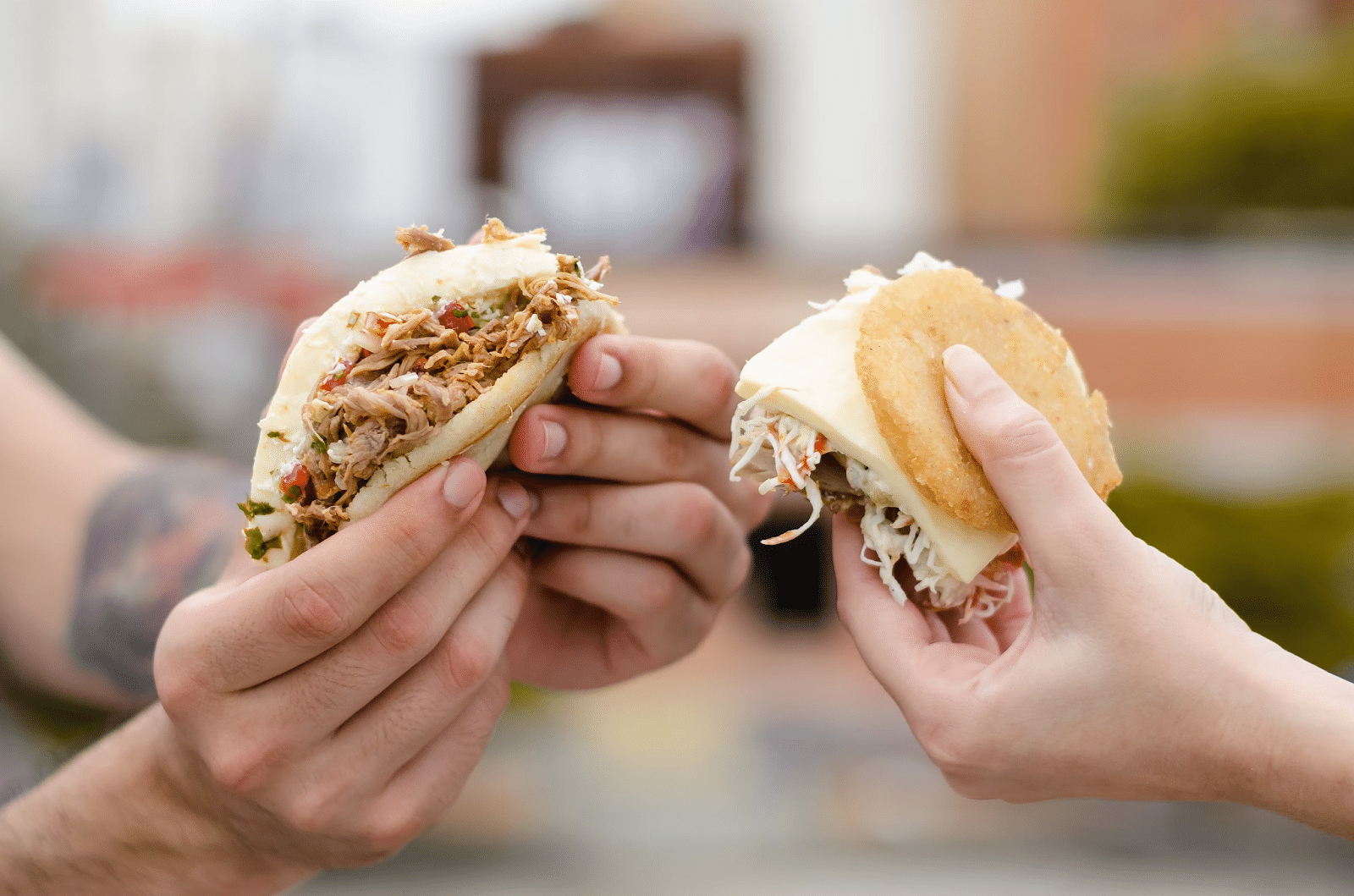For those who appreciate food that tells a story, Latin American cuisine offers flavors that are rich, comforting, and packed with personality. This culinary journey introduces people to a fusion of influences, blending indigenous ingredients with European, African, and even Asian touches. And whether you’re a seasoned home cook or someone who loves discovering new restaurants, there’s always something in Latin American cuisine to ignite your curiosity—and your taste buds.
Latin American dishes remind everyone that good food can be flavorful and nourishing without cutting corners. With this guide, exploring these dishes is about more than just adding new flavors to a weekly menu—it’s about connecting with a culture that celebrates food and community with every bite.
A Rich Culinary History
Before European colonizers arrived, Indigenous people like the Aztecs, Incas, and Mayans were already cultivating ingredients such as corn, beans, squash, and chilies—staples still central to the region’s food today. These ingredients were sources of nutrition and the foundation of traditional dishes that have evolved over generations.
When the Spanish and Portuguese arrived, they brought their own culinary traditions and ingredients, such as rice and wheat, and domesticated animals like cows, pigs, and chickens. This mix of Old World and New World ingredients created an iconic fusion. Over time, the arrival of Africans and, later, Asian immigrants added more flavor and technique to the culinary landscape. The result? A unique, vibrant blend that varies from country to country but shares common roots in creativity and resilience.
If you visit a Latin American Restaurant, you’ll notice that dishes reflect the mingling of different cultural influences even within a single menu. A plate of arroz con pollo (rice with chicken) might trace its origins back to Spain, but adding local spices and preparation methods makes it distinctly Latin American. Similarly, using ingredients like plantains and yucca—introduced by Africans—remains widespread in many countries, from Cuba to Colombia.
The Bold and Vibrant Flavors
Latin American cuisine is all about bold, vibrant flavors that jump off the plate and leave a lasting impression. The dishes aren’t just about heat or spice; they’re a delicate balance of savory, sweet, tangy, and sometimes smoky elements, all working together to create a flavor-packed experience. One of the standout characteristics of these flavors is the generous use of fresh ingredients like cilantro, lime, garlic, and chilies, which give Latin American food its signature zest and brightness.
Many dishes rely on slow cooking methods to build depth, such as braised meats in dishes like Argentina’s asado or Cuba’s ropa vieja. Spices like cumin, paprika, and oregano bring warmth and earthiness, often softened by the richness of beans, avocado, or tropical fruits like mango and pineapple. The result is a robust, hearty, and deeply satisfying cuisine.
For anyone craving an authentic taste of Latin America, R House Wynwood is a specialty place that offers authentic Latin American fare. Known for its vibrant atmosphere and equally vibrant dishes, it serves everything from spicy salsas to savory empanadas, each bursting with the bold flavors that define Latin American cuisine.
Staple Dishes Across Latin America
Latin America is home to some of the world’s beloved dishes, with each country bringing something unique to the table. Explore some standout dishes from Mexico, Argentina, Brazil, and Colombia.
Mexico
Corn, beans, and chilies form the backbone of many iconic dishes. One of the famous is tacos, which come in endless varieties—from street-style tacos al pastor with marinated pork to fish tacos topped with tangy slaw. You can also find tamales made from corn dough stuffed with meats or vegetables, wrapped in corn husks, and steamed to perfection. Another must-try is mole, a complex sauce blended with spices, chocolate, and chilies, often served over chicken or enchiladas.
Argentina
Argentina is synonymous with asado, a traditional barbecue where meats are grilled over an open flame. The show’s star is usually beef, which Argentina is famous for. Cuts like bife de chorizo (sirloin steak) or entraña (skirt steak) are served simply, often with a side of chimichurri, a tangy sauce made from parsley, garlic, and vinegar.
Brazil
Brazil’s cuisine is as diverse as its landscape, with hearty stews and tropical flavors taking center stage. The national dish, feijoada, is a black bean stew simmered with pork, sausage, and beef, traditionally served with rice, collard greens, and orange slices to balance the richness. Another Brazilian favorite is pão de queijo, delicious cheese bread rolls that are crispy on the outside and soft on the inside.
Colombia

Colombian food is all about home-cooked flavors and hearty dishes. One of the popular is arepas, cornmeal cakes that can be grilled or fried and are often filled with cheese, meats, or eggs. Each region of Colombia has its variation of this dish, making it a versatile staple at every meal. Another favorite is bandeja paisa, a massive plate that includes beans, rice, fried plantains, chorizo, ground beef, and even a fried egg on top.
Each country brings its unique flair to Latin American cuisine, but they all share a common thread—food is meant to bring people together.
Final Thoughts
Latin American cuisine is an experience that brings people closer to the rich histories and vibrant cultures of each region. Every dish, from the simple street foods to the hearty family recipes, tells a story and connects to something deeper. For anyone looking to explore these bold flavors, there’s no better way to begin than by diving into the authentic, diverse dishes Latin America offers. So why not try something new and let the flavors of Latin America transform your dining experience?
Published by: Josh Tatunay










